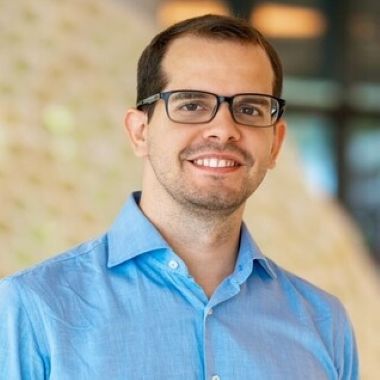40.015 Simulation Modeling and Analysis
40.015 Course Description
The objective of Simulation Modelling and Analysis (SMA) course is to train students identify complex engineering systems which could be analysed using simulation models, get a taste of various simulation methodologies, build models and critically evaluate competing design alternatives using appropriate statistical techniques.
Topics Covered
Part I: Modeling paradigms and techniques
- System Dynamics models: SEIR models, Urban Dynamics models, Software environment: InsightMaker and Excel
- Agent-based modeling, simulation, Software environment: HTML5 + JavaScript + D3
- Discrete event simulation: Modeling via Event graphs, programming, managing event queues, Software environment: Excel + VBA + Jackson Event Graph
- Process simulation: Using discrete event simulation packages with drag-and-drop interface, Software environment: JaamSim and Simio
Part II: Monte Carlo simulation, handling uncertainty in simulation input and output variables
- Monte Carlo method for computing expectations
- Statistical analysis of uncertain simulation output: Eliminating initialization bias in steady-state simulations, Construction of interval estimates in terminating and steady-state simulations, comparing alternative system configurations
- Generation of input variables for simulation: Writing code to obtain samples of discrete and continuous random variables, pseudorandom number generation, generation of arrival processes
- Variance reduction techniques: Using common random numbers, antithetic variables and control variates
Projects
The SMA project takes the students through a wholesome journey beginning from choosing a real-world system for their study. They then work intensely in teams collecting data, building a suitable simulation model, offering critical comparison with competing design alternatives, etc. based on the needs of their project. A flexible grading scheme, which recognises different project choices may entail different efforts in the above steps, empower students to give a real go at the problem of their choice without having worry about grades.
